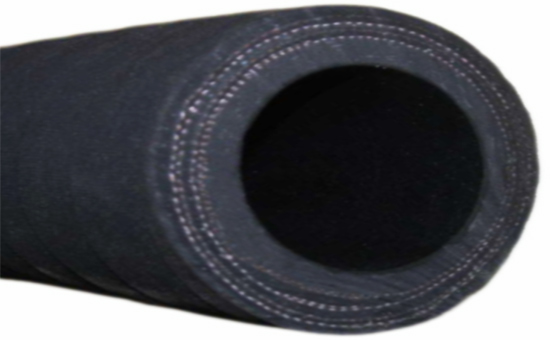
EPDM rubber/reclaimed rubber has excellent high and low temperature resistance, ozone resistance, and weather resistance. It is widely used in the production of various auto parts, waterproof materials, hoses, tapes, wires and cables, rubber sheaths and other products. In actual production, part of the EPDM rubber material processing or semi-finished product manufacturing process requires two or more layers of unvulcanized rubber to be laminated, or unvulcanized rubber needs to be laminated and bonded to fabric, plastic or metal surfaces. At this time, it is necessary to improve the molding viscosity of the EPDM compound. What are the methods?
Theoretically high cohesion and rubber strength can resist damage from external forces. The appropriate viscosity of the rubber will produce micro-flow to compensate for the unevenness of the surface to achieve the best and largest area of contact; at the same time molecular mobility and diffusion ability Strong, no dust and pollutants affecting diffusion on the contact surface, good compatibility among molecules, and increased interaction among the two layers. In addition, appropriately increasing the temperature of the rubber compound can increase the diffusion capacity of the molecules, which in turn increases the viscosity of the rubber compound, and improves the adhesive strength of the rubber compound after bonding or bonding.

1. Fully trained
EPDM rubber is a typical non-polar rubber. The adhesive force mainly comes from the entanglement of molecules at the contact interface, and the molecular weight is too high to hinder the movement and diffusion of the molecules. Therefore, by increasing the molding viscosity of EPDM/reclaimed rubber, the molecular weight of rubber can be further reduced by mastication.
2. Appropriately increase the amount of softener
The use of rubber oil can improve the mobility of rubber molecules and the fluidity of the rubber compound. When improving the molding adhesion of the EPDM compound, the amount of softener in the formula can be appropriately increased, and a high-fill formula with a larger amount of softener can be used. In actual production, low-molecular polymers such as PE wax, polyisobutylene, liquid isoprene, and liquid ethylene propylene rubber are beneficial to improve the molding viscosity of EPDM. It should be noted that paraffin wax and lubricating processing aids will precipitate on the surface of the rubber compound, thereby acting as an isolation, preventing the interaction among rubber molecules and molecules, and reducing the adhesion of the rubber compound, so it is not recommended to use it.

3. Reasonably control the amount of reinforcing agent
When using EPDM rubber/reclaimed rubber to produce low-hardness rubber products, carbon black can not only increase the strength of the rubber compound, but also form active points, which increase the adhesive strength of the rubber; the high-hardness EPDM compound uses carbon black 2YLYY923 Although the viscosity of the rubber compound is increased, the molecular diffusion is inhibited, so the adhesion is poor. White carbon black can increase the surface polarity and reactivity of the rubber compound, and then improve the adhesiveness of the rubber compound. However, the compound filled with white carbon black will be structured after being parked at low temperature for a long time, which causes the compound to become rigid and difficult to follow-up molding operations.
4. Use adhesion promoters
The use of rubber tackifiers can increase the adhesive activity of the rubber, increase the solubility of the frost-prone components in the rubber, and have a plasticizing effect, which can improve the molding viscosity of the rubber. When improving the molding viscosity of the EPDM compound, it is recommended to use a non-reactive alkyl phenolic resin to significantly improve the viscosity of the compound. Adding the metal salt of acrylic acid or methacrylic acid to the rubber compound can enhance the interaction of the rubber through ionic bonds and achieve the effect of improving the molding viscosity of the rubber compound.

Tackifiers commonly used in the production of rubber products include rosin derivatives, terpene resins, alkyl phenolic resins, coumarone resins, petroleum resins, asphalt, etc. When the EPDM/reclaimed rubber uses rosin to increase the viscosity of the rubber, due to the poor oxidation resistance of the rosin, it needs to be modified before it can be used. Asphalt has a prolonged effect on the vulcanization of the rubber, so special attention should be paid when using it.
Improve the molding viscosity of EPDM/reclaimed rubber products. Rubber product manufacturers can also use EPDM rubber with other natural rubber and neoprene with better viscosity. The follow-up editor will have the opportunity to continue discussing with you .
Exclusive original article [commercial authorization] reprint, excerpt and excerpt in any form are prohibited without written authorization. Focus on Hongyun rubber: learn the process formula and raw material technology of producing rubber products from recycled rubber to help you reduce costs and increase profits